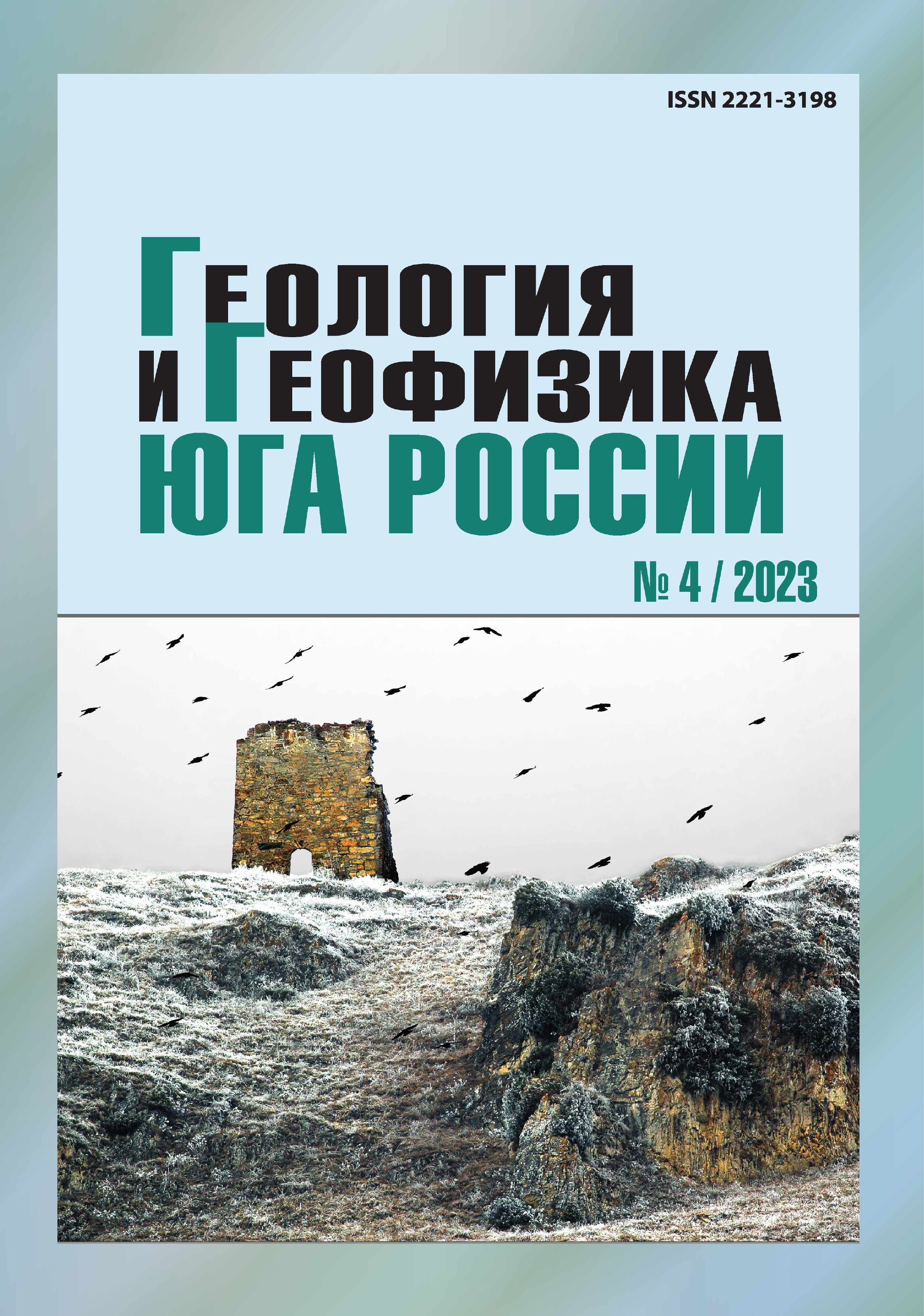About a new approach to accounting for the influence of the “soil” factor in probabilistic assessments of seismic hazard of territories
Abstract
Relevance. Recently, the data have begun to appear that in the probabilistic seismic hazard analysis (PSHA), it is better to use new “one-stage” calculation schemes to account soil conditions, which give more accurate estimates than the old “two-stage” ones. However, these data were received on limited material and, therefore, the question remains whether they are so general and are not a special case. In this article, an attempt is made to clarify this important circumstance in scientific, methodological and practical terms, which determines its relevance. Aim. To research the features and scale of fluctuations in integral probabilistic estimates of the increments of the score and spectral characteristics of “soft” soils relative to “hard” during earthquakes in areas with different seismogeological conditions. Methods. Four test sites of territories with different seismotectonic conditions and seismic regime are considered. A PSHA was performed for each site. All PSHA calculations are made separately for “soft” and “hard” soils. The probable intensities of shaking and the spectra (Fourier and reaction) of accelerations of soil vibrations were estimated. In order to increase the informativeness of the experiment for the same site, calculations were made using different models of PEF zones and earthquake repeatability. Final estimates are made for earthquakes with different average recurrence periods. The variants of estimates obtained for “soft” and “hard” soils in relation to different seismogeological conditions and for different average periods of earthquake repeatability are then compared with each other, on the basis of which the final conclusions are made. Results. For the studied sites (Vladikavkaz, Stavropol, Mozdok and village Kavkazskaya) were developed own probability distribution functions for earthquake intensities, Fourier spectral density levels and spectral accelerations of “soft” and “hard” soils, the values of these parameters for earthquakes with average repeatability periods from 100 to 10,000 years and their corresponding differences (intensity increments) and ratios (spectral characteristics) were determined. The analysis of all the calculation options showed that there is significant variability in the ratios of the vibration parameters of “soft” and “hard” soils ‒ in intensity increments up to 2 units of MSK scale, in spectral characteristics up to 60%. These results show that probabilistic estimates of seismic hazard according to the traditional “two-stage” scheme, when the “soil” component of the total effect is estimated separately from the “focus” component and then taken into account in the form of some constant correction, can lead to significant distortions. The “one-stage” approach used in this paper is more prospective.


